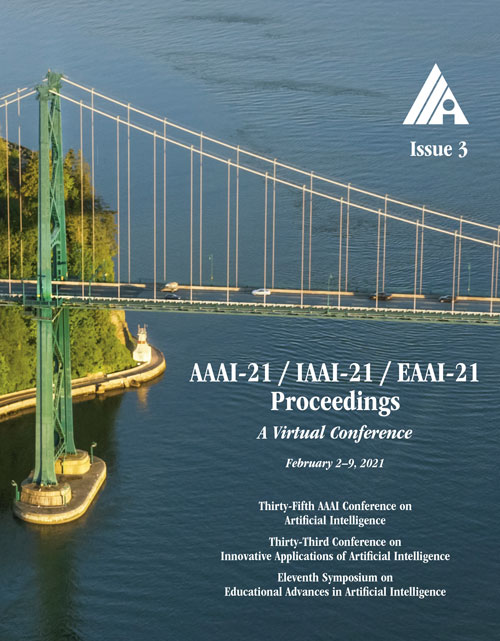Translate the Facial Regions You Like Using Self-Adaptive Region Translation
DOI:
https://doi.org/10.1609/aaai.v35i3.16316Keywords:
Computational Photography, Image & Video SynthesisAbstract
With the progression of Generative Adversarial Networks (GANs), image translation methods has achieved increasingly remarkable performance. However, most available methods can only achieve image level translation, which is unable to precisely control the regions to be translated. In this paper, we propose a novel self-adaptive region translation network (SART) for region-level translation, which uses region-adaptive instance normalization (RIN) and a region matching loss (RML) for this task. We first encode the style and content image for each region with style and content encoder. To translate both shape and texture of the target region, we inject region-adaptive style features into the decoder by RIN. To ensure independent translation among different regions, RML is proposed to measure the similarity between the non-translated/translated regions of content and translated images. Extensive experiments on three publicly available datasets, i.e. Morph, RaFD and CelebAMask-HQ, suggest that our approach demonstrate obvious improvement over state-of-the-art methods like StarGAN, SEAN and FUNIT. Our approach has further advantages in precise control of the regions to be translated. As a result, region level expression changes and step-by-step make-up can be achieved. The video demo is available at (https://youtu.be/DvIdmcR2LEc).Downloads
Published
2021-05-18
How to Cite
Liu, W., Chen, W., Yang, Z., & Shen, L. (2021). Translate the Facial Regions You Like Using Self-Adaptive Region Translation. Proceedings of the AAAI Conference on Artificial Intelligence, 35(3), 2180-2188. https://doi.org/10.1609/aaai.v35i3.16316
Issue
Section
AAAI Technical Track on Computer Vision II

